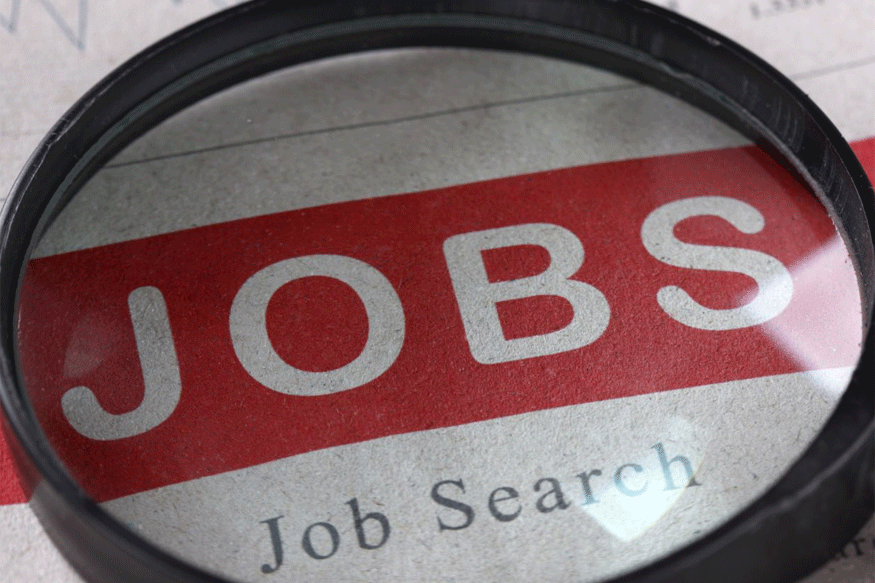
The Indian Institutes of Management (IIMs) got their third woman director this year but the country’s broader higher education space is overwhelmingly male when it comes to top jobs. Only 63 out of a total of 1,008 institutes including central, state, private, deemed universities and institutes of national importance have women at the helm, according to the Gender Diversity and Female Leadership in Indian Higher Education report by higher education-focused management consulting firm EduShine Advisors.
The percentage of women academic leadershas dropped to 6.25% from 6.67% (54 women out of 810 institutes) in 2015, said the report.
Indian Institutes of Technology (IITs), IIMs and other premier institutes are adopting aggressive strategies to attract more female students, but efforts have been found wanting at the hiring for leadership levels. Not a single IIT, Indian Institute of Information Technology (IIIT) or Indian Institute of Science Education and Research (IISER) has a woman director. Among the 31National Institutes of Technology (NITs), there is just one woman director – at NIT, Tiruchirapalli.
The IIMs have the strongest representation of women academics in top roles with three of 20 business schools at Sirmaur, Bodhgaya and Calcutta having women directors.
This imbalance exists despite the significant participation of women at lower levels. Female enrolment in higher education is 47.6%, with 42.47% women at the assistant professor level. This begins to taper off higher up the chain, with women’s representation at associate professor levels at 36.59% and at professor levels at 26.87%. Among academic leadership roles, such as directors and vice chancellors, it drops to 6.25%. Countries doing better at leadership roles include Australia (32%), UK (29%) and South Africa (19.2%).
While those at the top say few female academics vie for leadership roles, many women say an adverse institutional culture is responsible, said EduShine Advisors managing partner Kalpesh Banker.
“Academic leadership is often considered a masculine function in Indian higher education and the academic community carries this gender bias,” says Banker.
Gender bias needs to be tackled, said Meena Ganesh, chief executive at Portea Medical. While entry levels are not a problem, subsequent growth in academia depends not just on teaching but also publishing, research and mentoring of research candidates, she said.
“Institutes will have to come forward and provide opportunities for women. It has to be a proactive effort as in the case of IIM Calcutta,” said Ganesh, who is on the board of governors that appointed Anju Seth as the institute’s first woman director last month.
In academia too, as with corporates, there has been an increase in hiring women for senior roles but it will take time for more women to reach the top of the pyramid, said Narayanan Ramaswamy, partner and head of education at KPMG India.
[“source=economictimes.indiatimes”]

